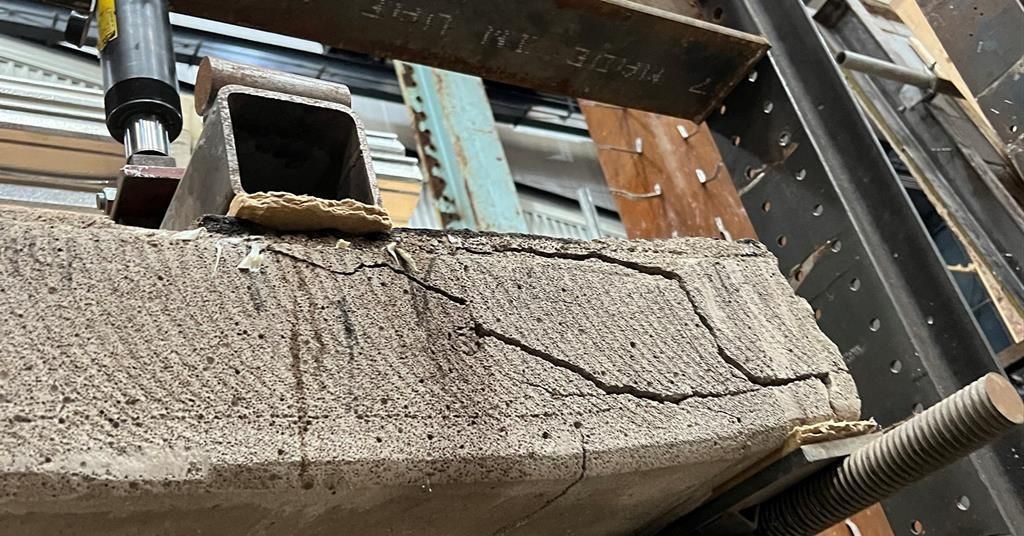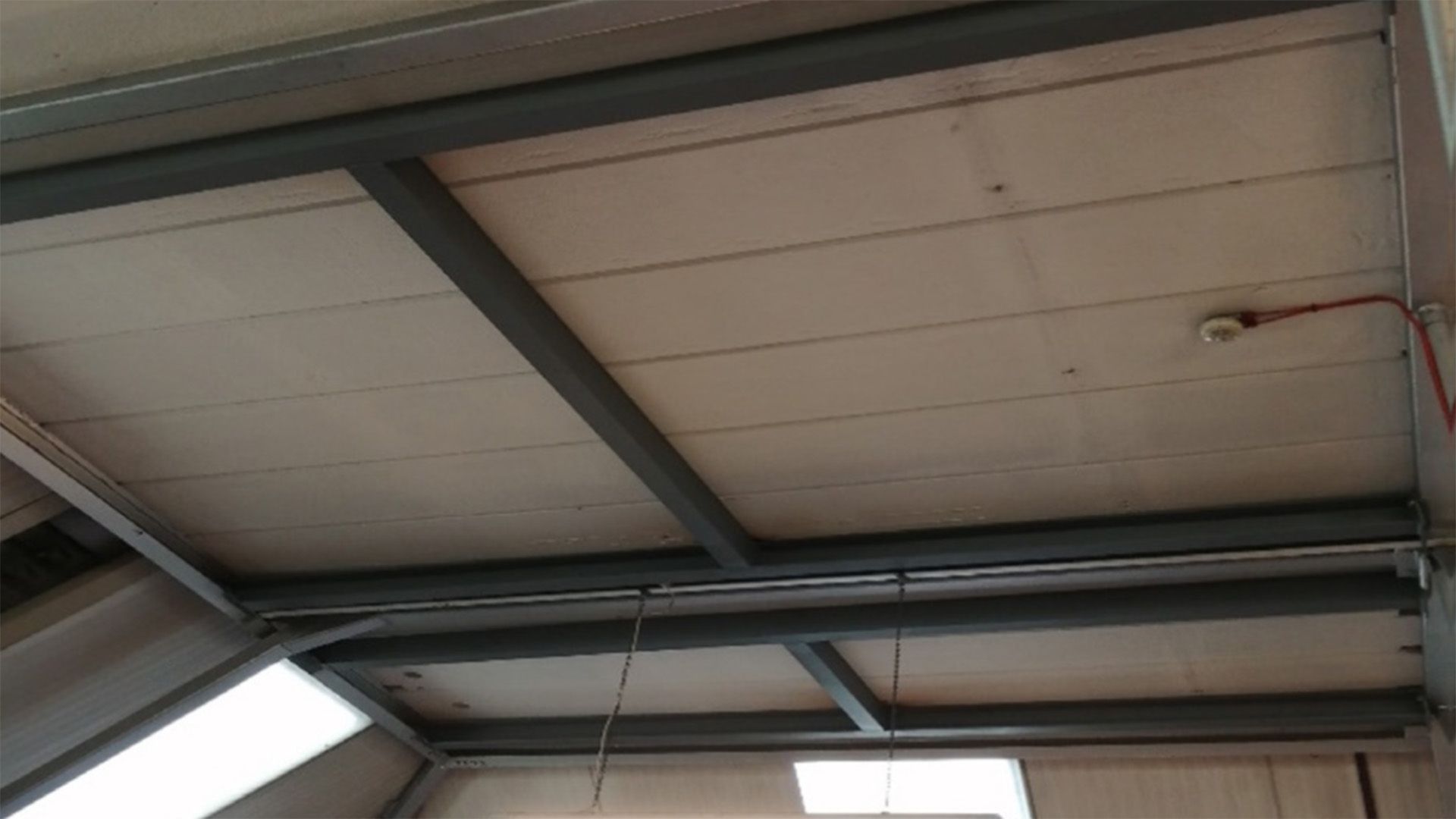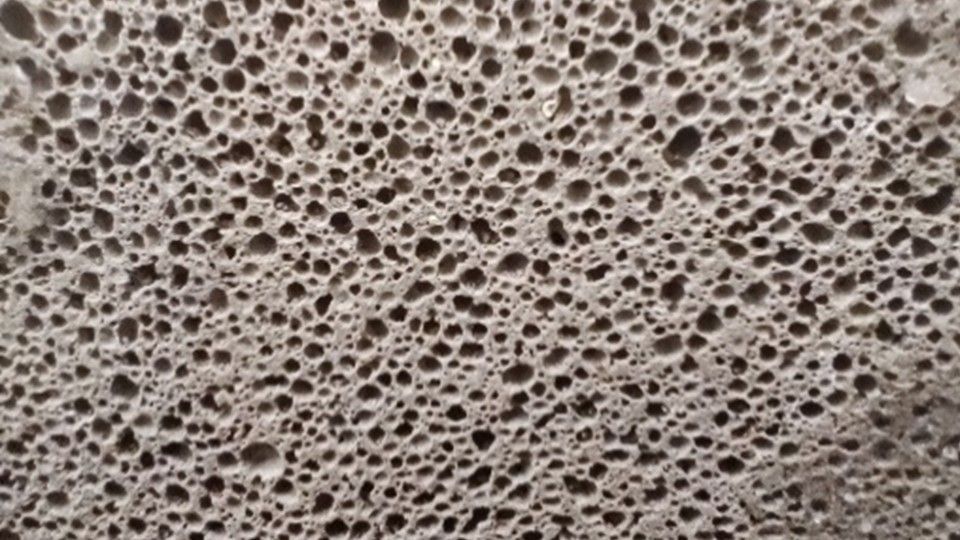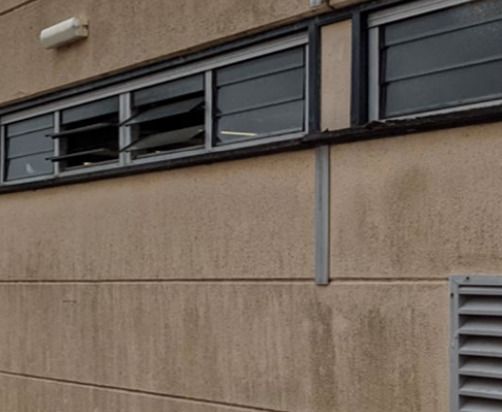What is RAAC?
There is no secret that most of the information available on RAAC has been sanitised from the web. Engineers who specified this product (usually AC Concrete on your drawings) seem reluctant to engage but let’s be clear about RAAC…. There is no such thing as good RAAC and it’s found in walls, roofs, mansard and floors.
What is RAAC?
- Form of concrete, considered lightweight
- “Bubbles/Gas” Make up 60% of the volume
- Whilst lightweight, typical planks weight 150kgs at 2500mm long
- Was used between 1950s and mid-1990s.
- Minimal strength, typically 2-5 Newtons.
- Non bonded re-enforcement
- Minimal resistance to damage
Where is it used?
- Roofs/Ceilings, Walls, Mansards and occasionally in Floors
All the guidance available provides a huge amount of detail into the risks associated with RAAC, and in our opinion misses a few key issues we’ve spotted along the way.
Our team believe the primary issues fall into these categories:
- Loading - Be it plant on the roof or materials for a re-roof these planks work on their own (don’t interlock) and it doesn’t take much for failure to occur, especially where bearings don’t meet the minimum recommendations.
- Suspension - Suspended services, fixtures and fittings suspended from the planks cause issues with failure and plank stress, both can be catastrophic.
- Water - Well documented, the 60-70% air voids can easily fill, especially where planks have been coated/painted
- User damage - In our opinion, the most significant issues with RAAC, we’ve seen too many planks “butchered” for penetrations, alterations or plant installs.
However, whatever the issue RAAC BRAC have an efficient solution to put RAAC issues into the past.
When it all goes wrong
Pictures speak a 1000 words, in this instance they also keep the team up at night, here is a selection of some of the findings we have found across several estates. Obviously no names mentioned!
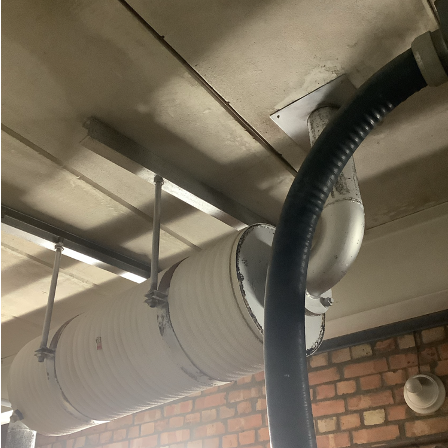
The installation of services or suspended equipment poses significant risk, RAAC is not suitable for the installation of fixings due to its physical nature.

Penetrations for services and or steel plant support
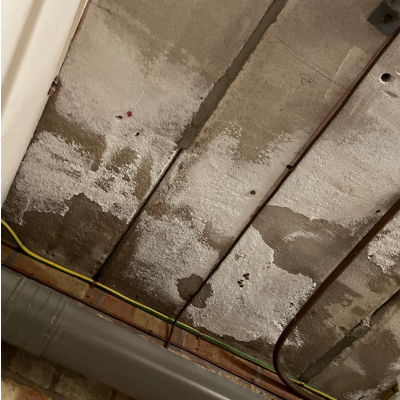
Allowing leaks into the structure is never good practice, however, with RAAC its far worse, the damage and additional loading have caused catastrophic failure too many instances
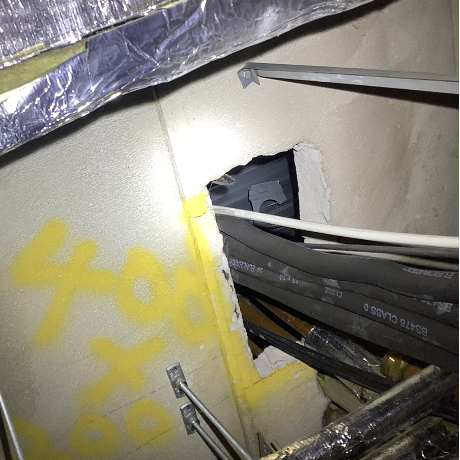
Any on site adaptations can cause the planks to fail, unsupported penetrations are unacceptable with RAAC.
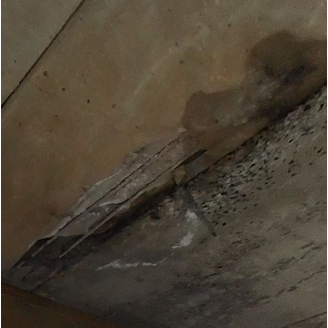
In this instance the loading of this RAAC plank has caused the bottom surface to spall. Overloading of the planks can and does cause catastrophic issues.
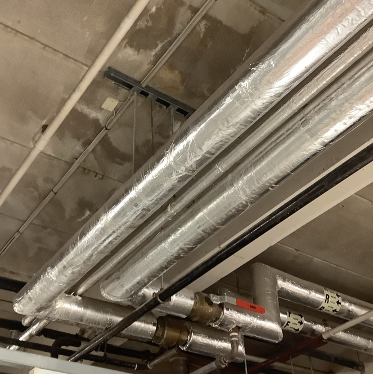
Panels cut to fit
Of course the presence of RAAC aside from the pictures above has many implications, roofs are considered fragile, floors should be isolated and walls need consideration on their own. Most local authorities and trusts close facilities upon discovery, some buildings simply demolished and the impact on patients, occupiers and school children has been untold. RAAC BRAC aims to avoid such drastic action, if it needs support we can arrange, however, quickly action can minimise the disruption felt by all.
